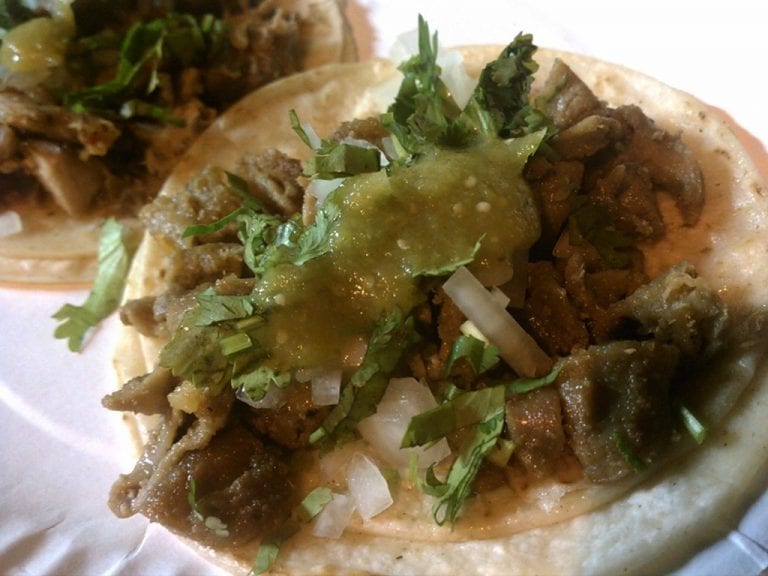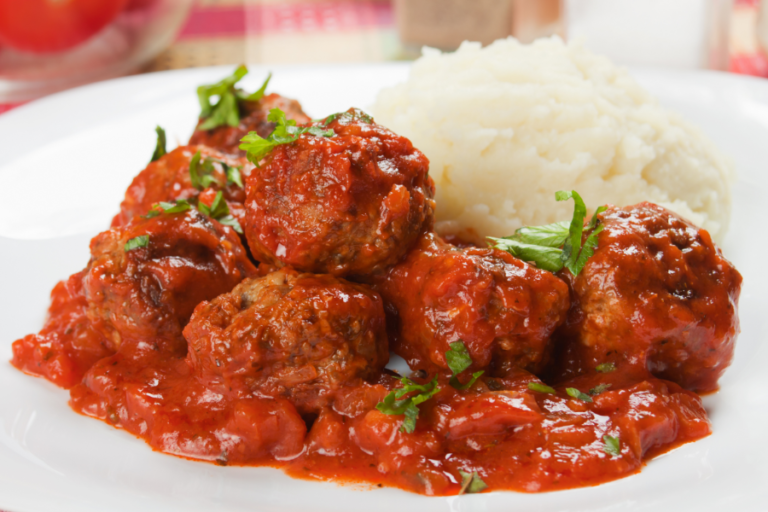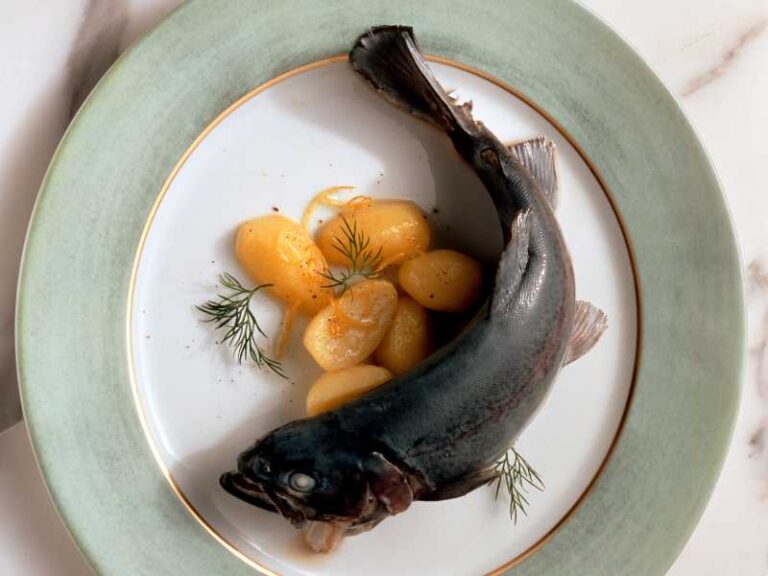Bosnian Food: 15 Traditional Dishes of Bosnia & Herzegovina
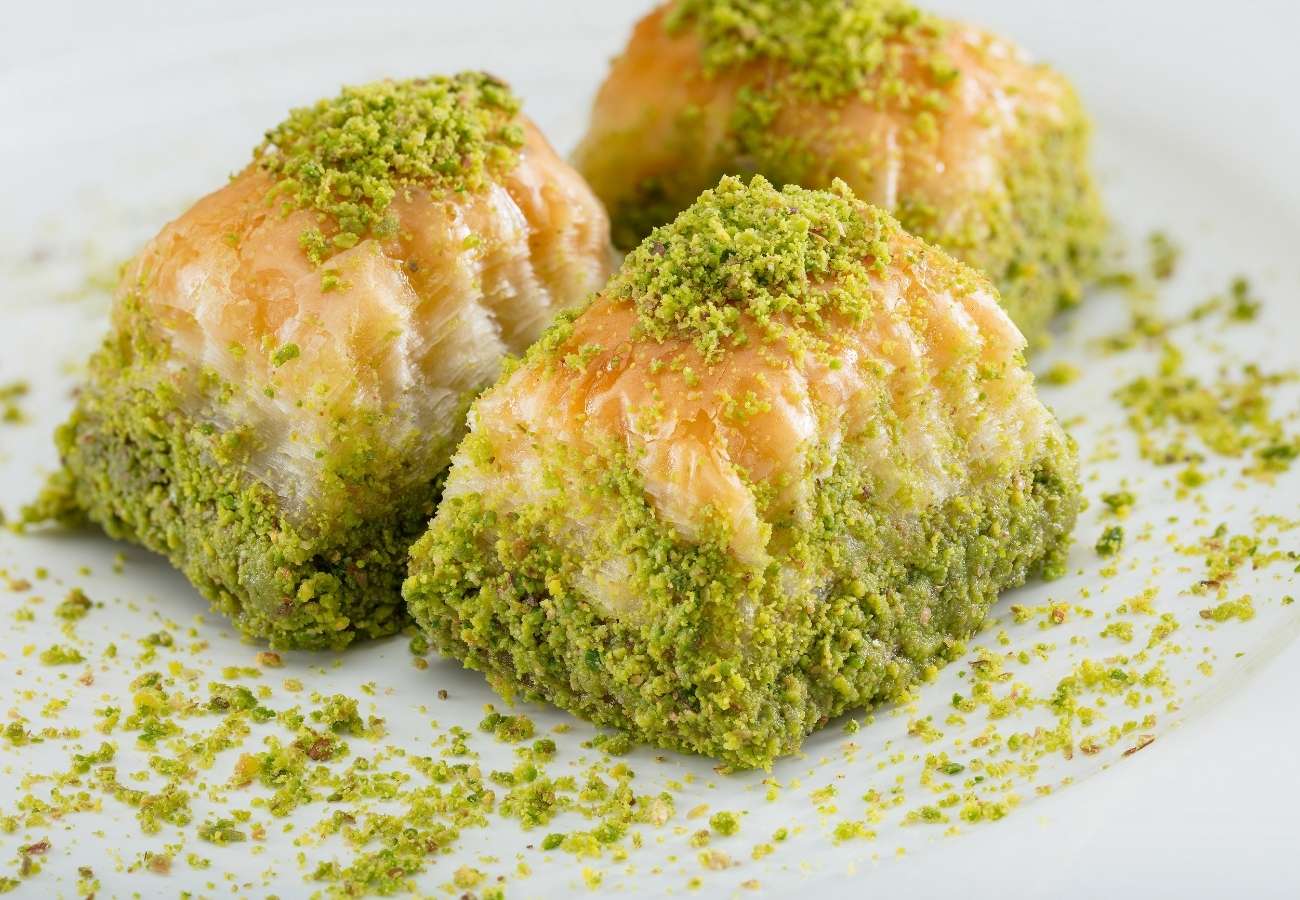
Bosnia and Herzegovina, also known as Bosnia, is a country (located at the crossroads of south and southeast Europe) situated in the Balkans. The country is surrounded by Serbia, Montenegro and Croatia. It is nicknamed the “Heart Shaped Land” because of the country’s little heart shape. The country is packed with lovely lakes, rivers and waterfalls.
Bosnia and Herzegovina consists of three ethnic “constituent peoples”, also known as Bosniaks, Serbs and Croats. There are also some smaller groups including, Jews and Roma. The country’s cuisine is influenced by both Western and Eastern culinary traditions.
Bosnian cuisine is strongly associated with former Yugoslavian, Middle Eastern, Mediterranean, Austro-Hungarian and other Balkan cuisines. The country’s typical dishes includes numerous spices, but generally in quite moderate measures.
The majority dishes tend to be light and cooked in lots of water. The food also includes sauces that are completely natural, containing little more than the natural extracts of the vegetables.
Commonly used ingredients include tomatoes, potatoes, onions, garlic, bell peppers, cucumbers, carrots, cabbage, mushrooms, spinach, courgette, dried and fresh beans, plums, milk, paprika and cream, also known as pavlaka and kajmak.
The most common meats eaten are beef and lamb, although the Bosnian Croats and Bosnian Serbs are allowed to eat pork. Some local delicacies are ćevapi, burek, dolma, sarma, pilav (pilaf), gulaš (goulash), ajvar and a wide variety of Eastern sweets.
Ćevapi

Ćevapi is a traditional Bosnian sausage prepared using minced meat, found throughout the countries of southeast Europe (the Balkans). Ćevapi is considered to be the national dish of both Bosnia and Herzegovina and Serbia. It is also widely consumed in countries like Croatia, Montenegro, Kosovo, North Macedonia and Slovenia.
Ćevapi is generally served on a flatbread (lepina or somun), accompanied by chopped onions, sour cream, kajmak (milk cream), ajvar (relish) and salt.
Somun (Bosnian Pita Bread)
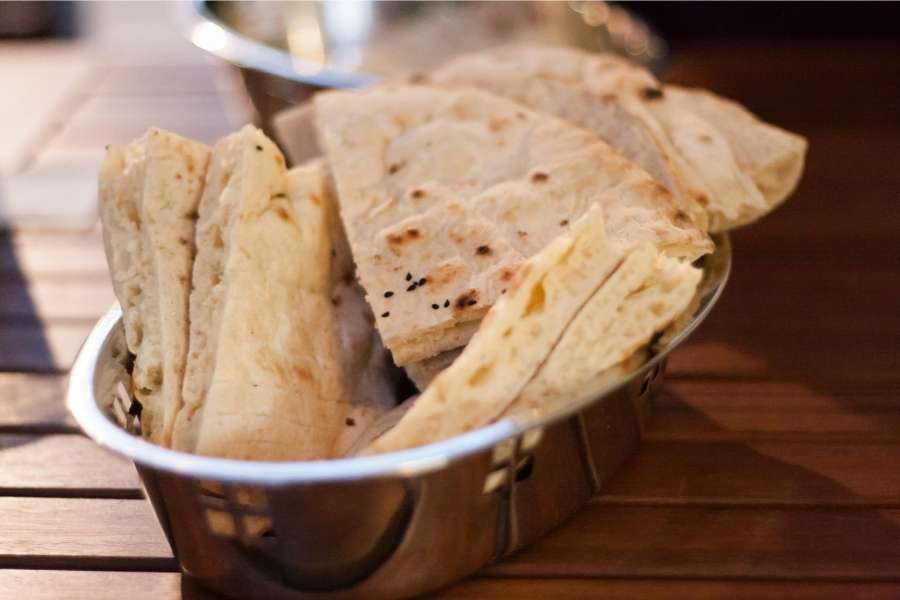
Somun is a kind of flatbread prepared using a mix of flour, water, salt and yeast. After the dough has been made, it was traditionally baked over old stoves, but today it is much more common for it to be baked in the oven at a high temperature. It is usually a little hollow and puffy on the inside.
There are several variations of Somun such as adding cumin or sesame seeds on top of it or include oil in the dough, for example. It is often served along with ćevapi.
Begova Corba
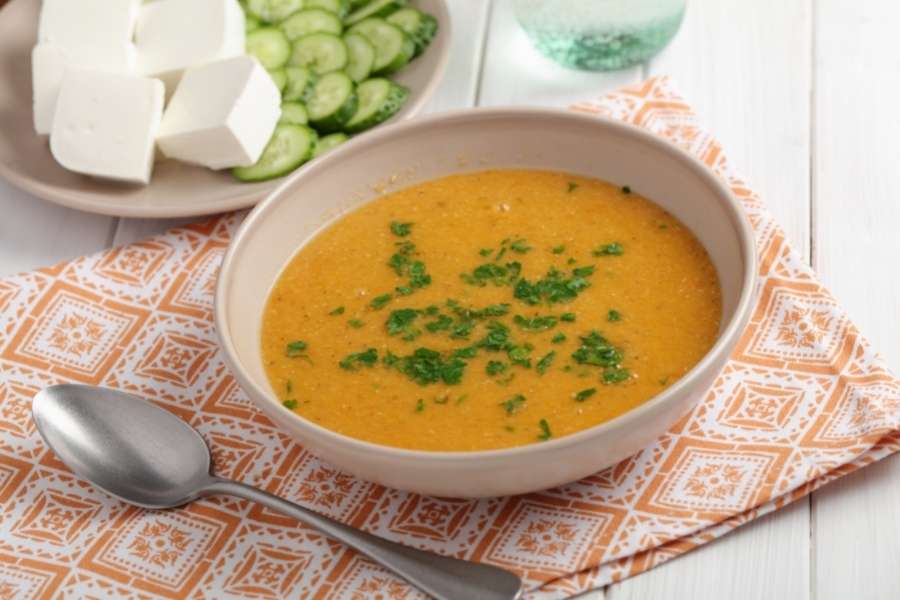
Begova corba, also known as Bey’s soup, is a thick and creamy stew prepared using chicken and okra. Other ingredients added include fresh vegetables and herbs. It is normally served in a clay pot and is accompanied by sour cream.
It is typically eaten as an appetizer and is considered to be the most famous soup in Bosnian cuisine. It is a dish that is easy to find in most restaurants throughout the country. Traditionally, it is also consumed during the holidays, special occasions and festivities.
Baklava
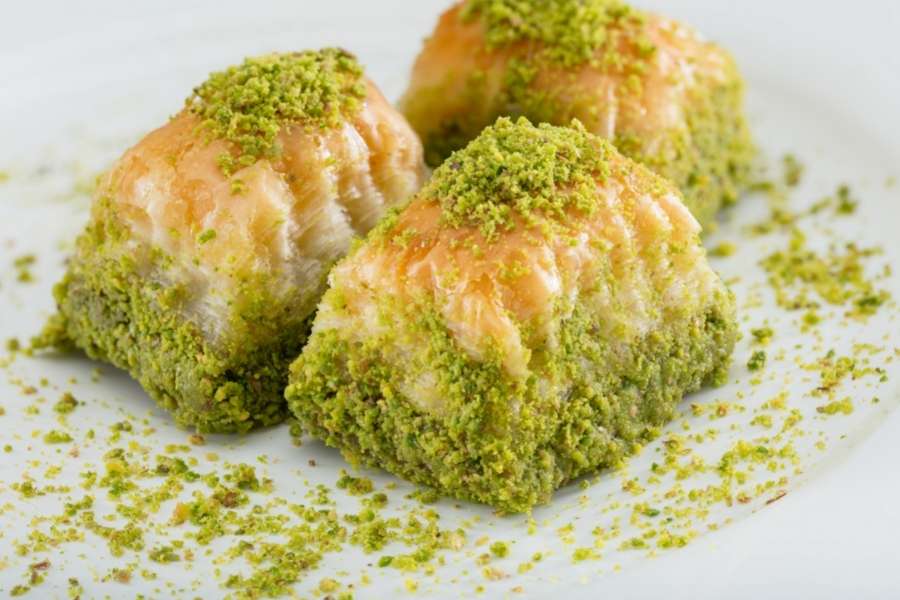
Baklava is a layered pastry dessert prepared using filo pastry, filled with chopped nuts and sugared using syrup or honey. It is not traditionally known as a Bosnian dish but is still popular throughout the country.
It is believed that the Ottomans were the ones who introduced this dessert to Bosnia and Herzegovina. Apart from Bosnia, baklava is popular in Turkish, Iranian and Arab cuisines, and in other countries of the Levant and Maghreb, accompanied by the South Caucasus, Balkans and Central Asia.
Burek (or Borek)
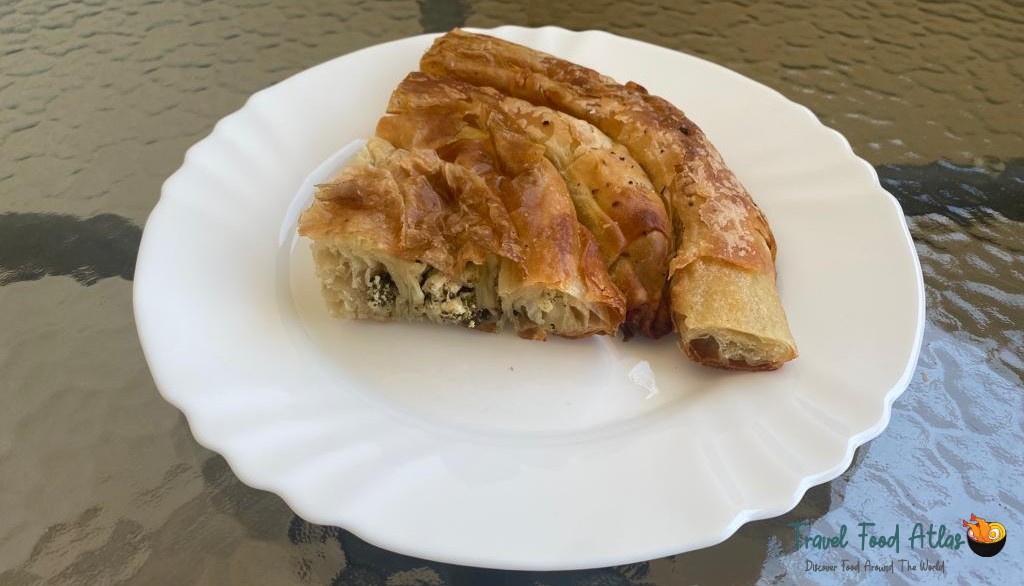
A burek is a stuffed pie prepared using a thin, flaky dough like filo. Common fillings include meats, cheese, spinach or potatoes. They are generally baked, but many variations are fried. It is occasionally sprinkled with sesame or nigella seeds, and one can consume it both hot or cold.
Consumed as a snack or as part of any meal of the day, burek is traditionally rolled in a spiral and sliced into portions for serving. The pie containing cottage cheese is known as sirnica whereas the one with spinach and cheese as its filling is called zeljanica, and the one with potatoes are called krompiruša. Burek is originally from Turkey but is widely relished in Bosnia and Herzegovina.
Klepe
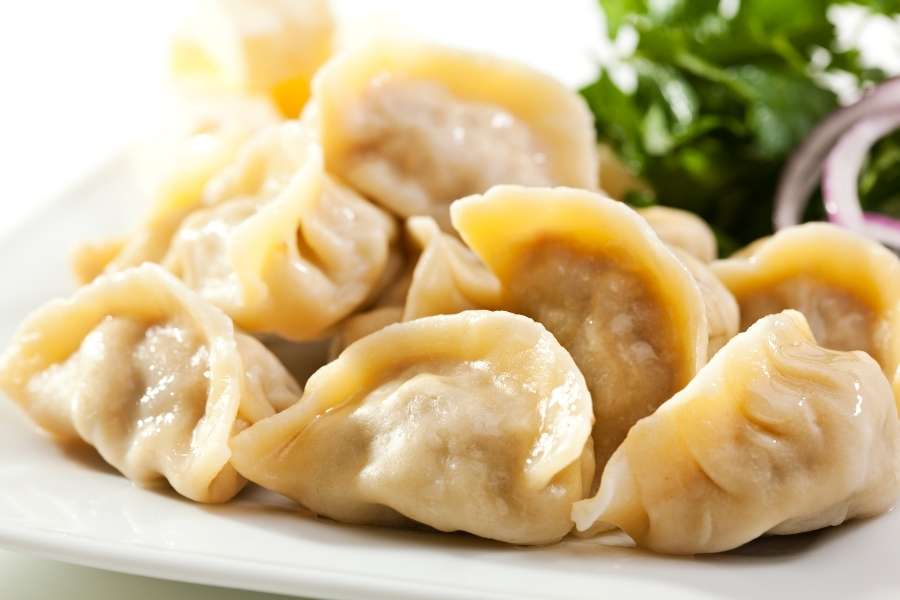
Klepe is a traditional Bosnian dumpling prepared using soft dough and stuffed with either minced beef, lamb or cheese. Other ingredients include various different spices, garlic and onions. They are also widely known as “Bosnian ravioli” and “kulaci”.
Klepe is typically accompanied by garlic sauce or yoghurt.
Grah
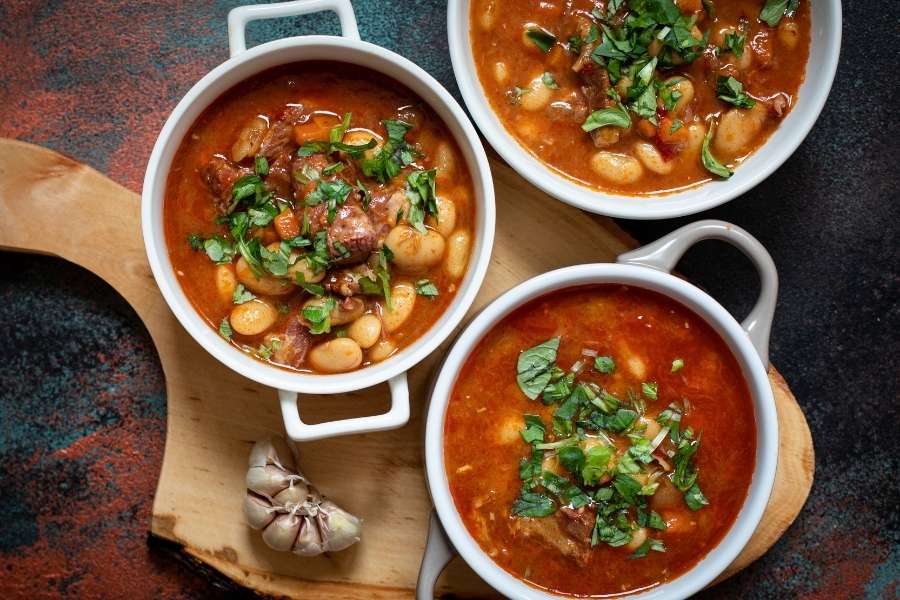
Grah is a stew prepared using Peruano beans along with onions, garlic, peppers, slow-cooked meat (usually beef or pork) and several vegetables such as carrots, parsnips and potatoes. It is seasoned with bay leaves, bell pepper paste, parsley and tomatoes.
Grah is typically accompanied by pickled vegetables, peppers or peppers filled with sauerkraut. One can also serve it along with sarena salata, a combination of various pickled vegetables. Often known as the Balkan cassoulet due to similarities with the popular French cassoulet dish.
Bosanski Lonac
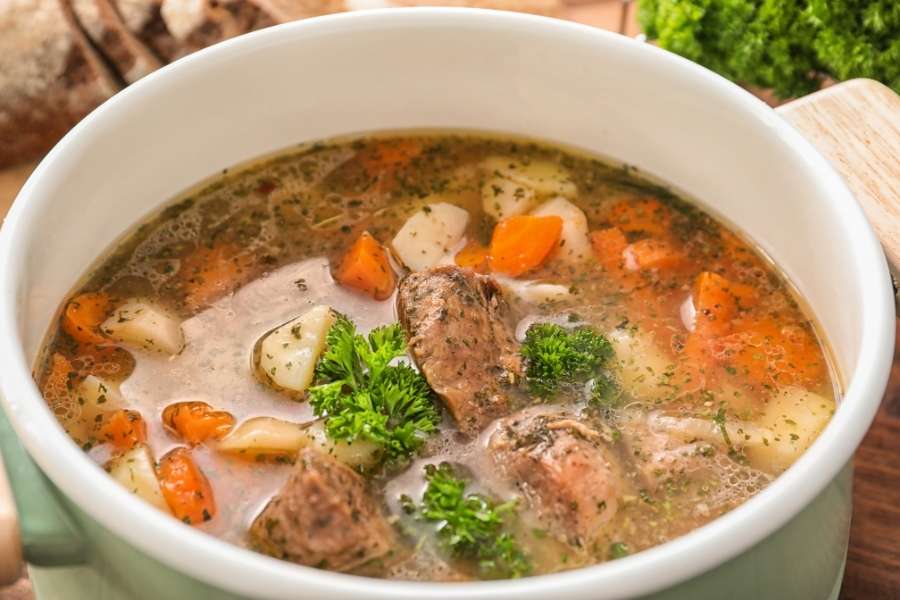
Bosanski lonac, also known as Bosnian pot, is a slow-cooking stew prepared using meat and various different kinds of vegetables. Also considered to be one of the national dishes of Bosnia and Herzegovina, this hearty stew is consumed as a main dish with no side dishes to accompany it.
It is believed that the bosanski lonac dates back to medieval Bosnia when it appeared as a miner’s dish. It is said that the miners filled a deep clay pot with the meat and vegetables and then cooked all the ingredients on a low flame for a very long time.
Over time, this Bosnian delicacy went through several local adjustments to make the dish what it is now.
Tulumba/Pomba
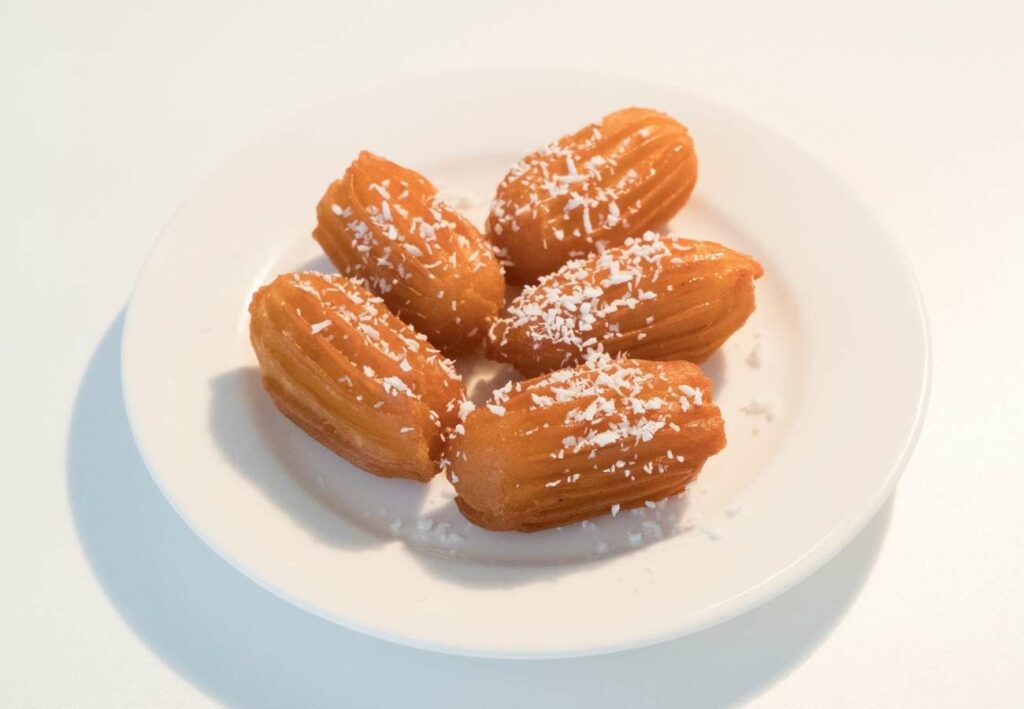
Tulumba, also known as Pomba, Bamiyeh or Balaḥ ash-Shām, is a deep-fried dessert prepared using an unleavened dough lump, which is shaped as a small ovoid and includes ridges lengthways. It is shaped with the help of a pastry bag or cookie press, which has a fitting end part.
Tulumba is initially deep-fried to give this dessert a golden colour, and then sugar-sweet syrup is added on top while it’s still hot.
Lepinja
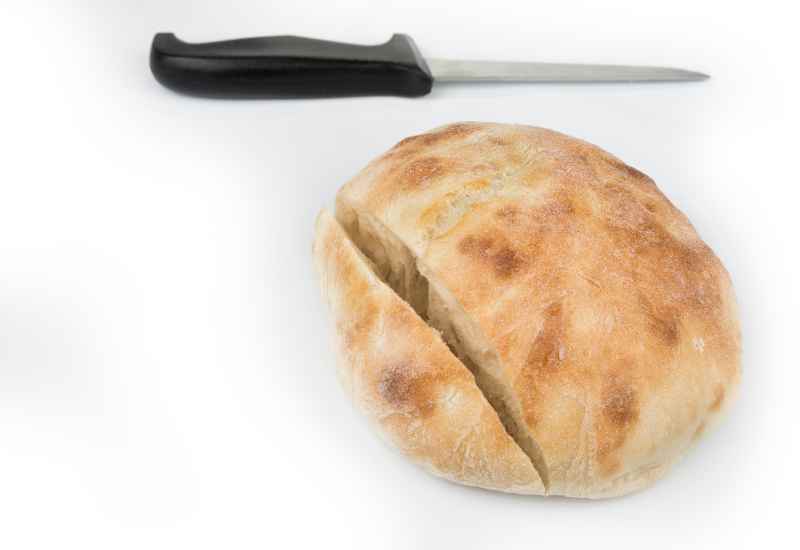
Lepinja is a type of Balkan flatbread prepared using three ingredients: salt, flour, and water. Generally accompanied by minced meat (cevapi), it is widely consumed in the Balkan countries.
Lepinja is normally baked at a high temperature, which gives the bread its golden-brown crust. It is usually served at almost all picnics or barbecue meetings and can be served with vegetarian or meat garnishes.
Čupavci
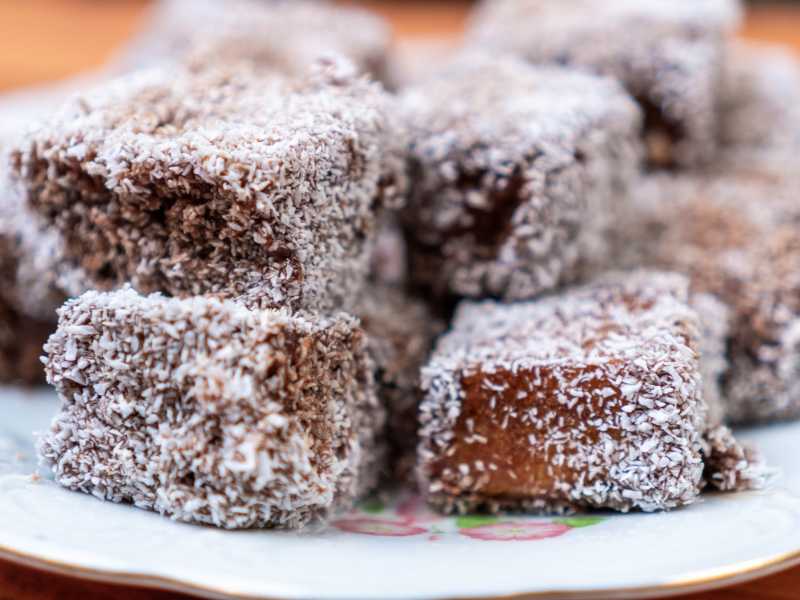
Čupavci is a sweet treat consisting of small cube-shaped cakes made of sponge or sponge cake dipped in chocolate and then sprinkled with desiccated coconut. They are particularly popular throughout the Balkan countries and are often made for special occasions such as Christmas, birthdays, weddings and baptisms.
The name ‘čupavci’ translates in English to hairy ones, referring to the shredded coconut coating that looks like hair or fur.
Kifli (Kilfa)
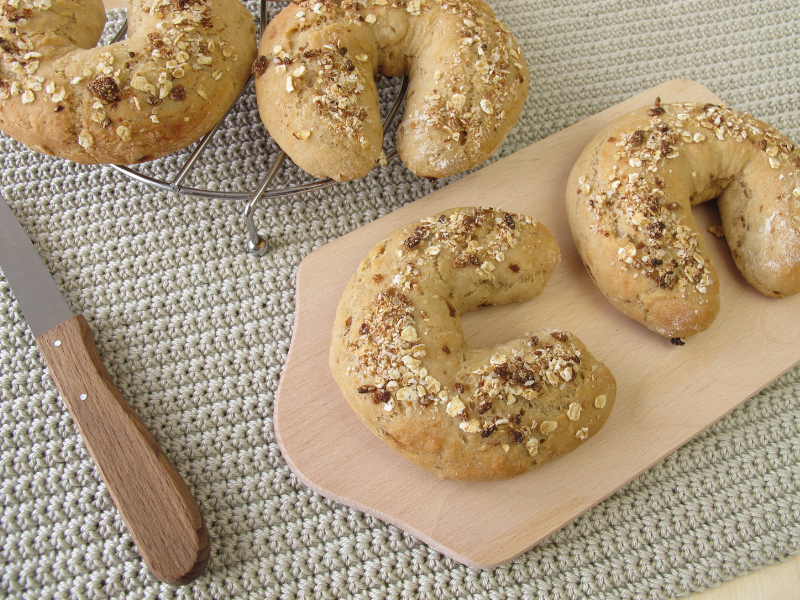
Kifli or Kifla is a sweet pastry snack in the shape of a crescent moon that is popular throughout Eastern Europe. It is similar to a croissant although it is made with a dough more similar to bread than to pastry. It is a staple for families all over Eastern Europe, served for breakfast, as a snack, or to accompany meals.
Kifli can be served plain, with seeds, sweetened, or filled with a variety of fillings.
Sataraš
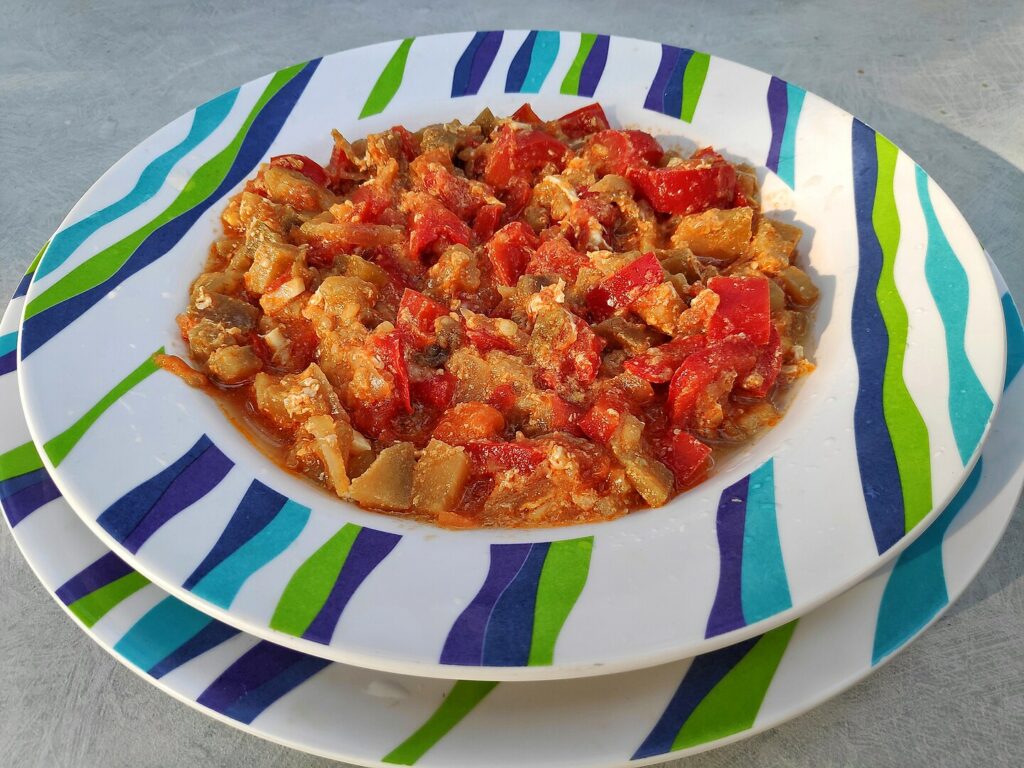
Sataraš is a traditional Balkan stew made with tomatoes, onions and peppers. They are first sautéed in oil, lightly seasoned then gently cooked into a chunky stew. It is served as a side or main dish.
Sataraš can be eaten as an accompaniment for meat or with starches like bread or eaten alone as a stew. When prepared for breakfast, it is topped with eggs.
Gibanica
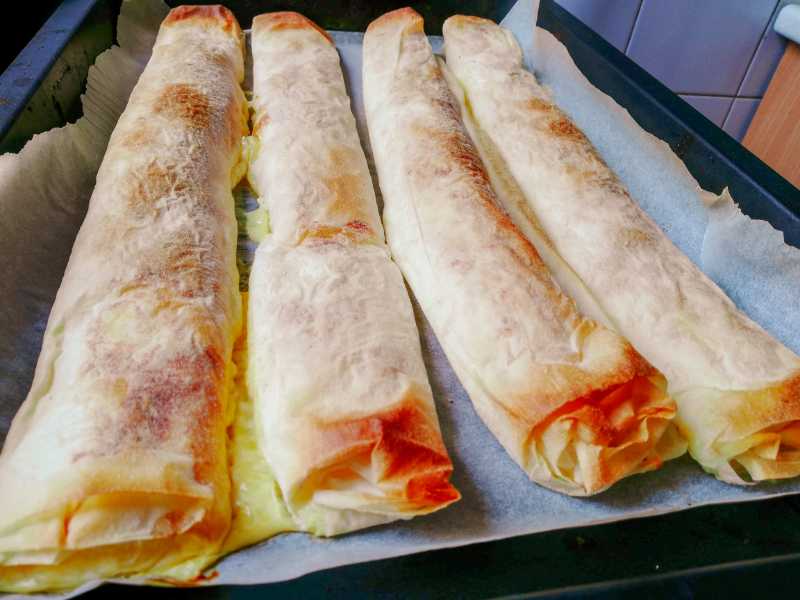
Gibanica is a traditional wheat flour pastry filled with soft cheese. The filling may be a soft spreadable cheese such as cottage cheese or soft crumbly cheese like feta. The easiest preparations use ready-made phyllo dough, but it also made with freshly rolled dough and baked.
Tufahija
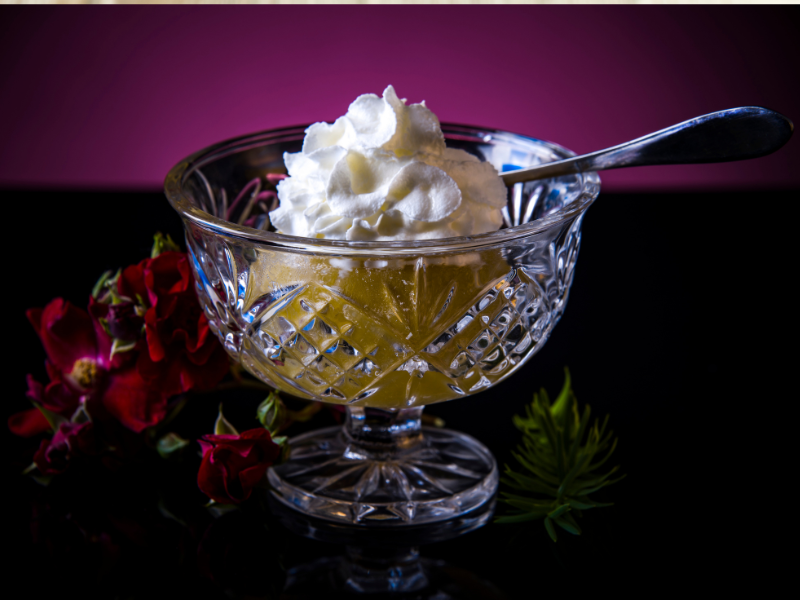
Tufahija is a traditional dessert made from poached apples stuffed with walnuts and sugar before being topped with whipped cream. The dish is traditionally enjoyed during festive periods and on special occasions.


